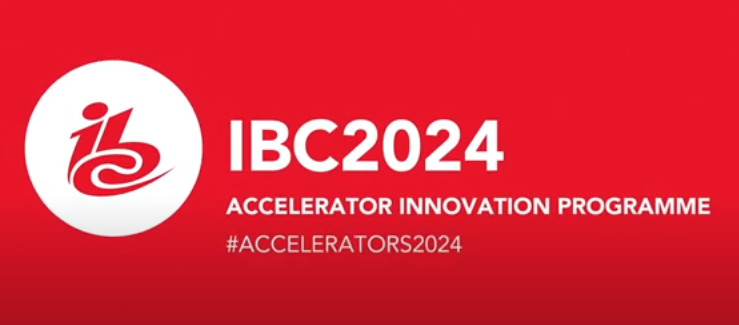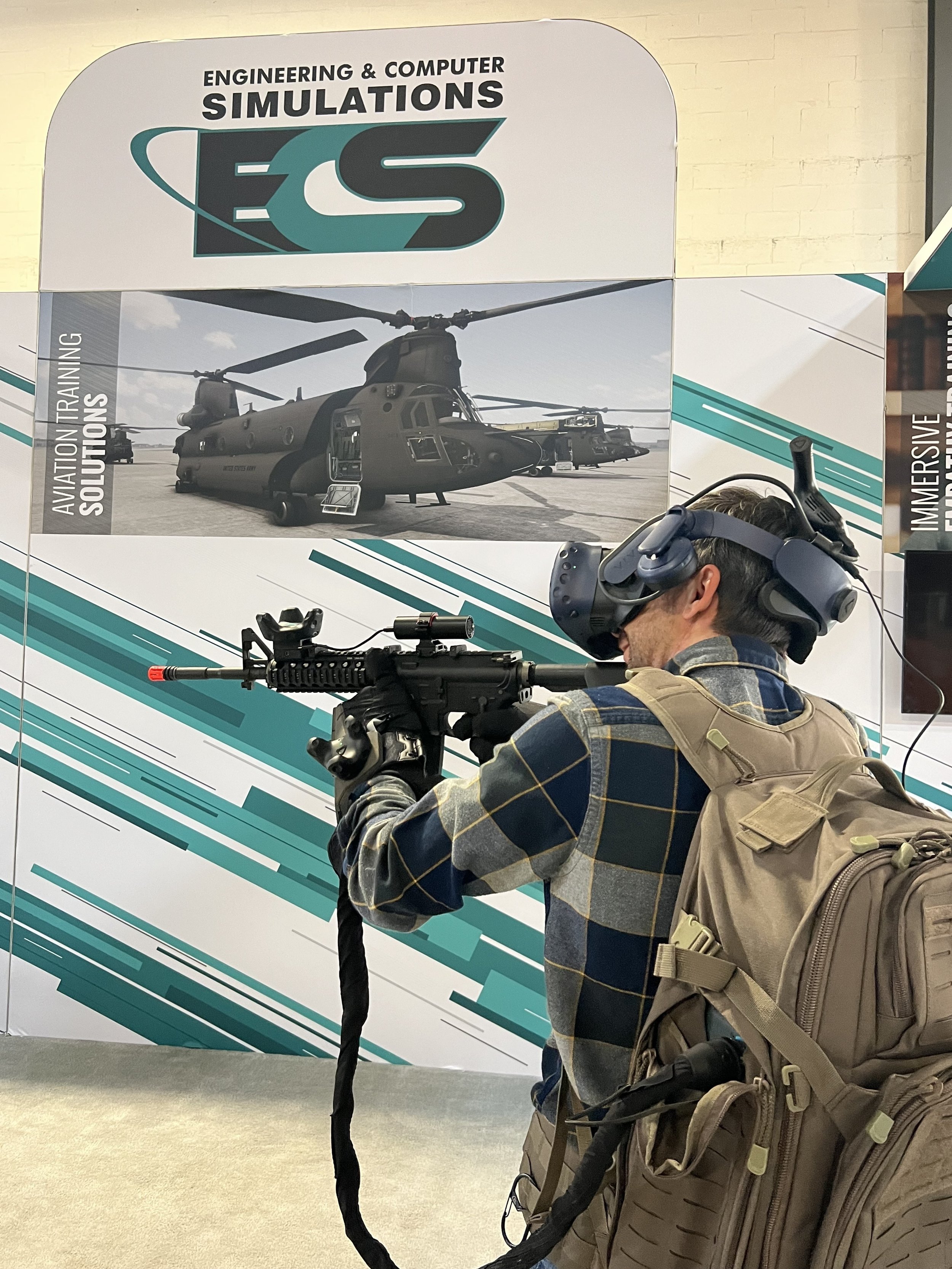By Shane Klestinski, Associate Editor, Team Orlando News
The Virtual Reality/Augmented Reality Association (VRARA) Central Florida Immersive Technology Summit 2024 featured an afternoon of multiple discussion panels themed on the “The Future of Immersive Tech in Aerospace & Defense” at Full Sail University, April 18.
Hunter Stinson, senior technologist at Integration Innovation Inc. (i3), introduced the afternoon’s series by addressing the challenges of adopting immersive technology in the defense and aerospace industries, and he provided some insights on what he thought these industries might face in the future. Stinson also described examples of immersive applications that are currently improving military readiness, like Mass Virtual’s “Virtual Hangar” extended reality (XR) suite that trains Air Force aircraft maintenance workers. He also mentioned technology like Red 6’s augmented reality efforts that project holograms onto a pilot’s visor for live dogfighting scenarios in flight.
“Planes move pretty fast,” Stinson said. “Stabilization algorithms and putting holograms in a specific place are hard problems, especially when you’re moving hundreds of miles an hour. They’re solving some really neat challenges with this tech.”
Nathan Klose, senior creative director at i3, moderated the first two “Immersive Tech in Aero/Defense” panels, which he described as “call and response” discussions. The first provided a government perspective on the topic. Klose began the discussion by asking about solutions that addressed concerns and improved training readiness for operations and maintenance. John Meyers, executive director for the Naval Air Warfare Center Training Systems Division, responded by noting the Navy’s issues in pilot training.
“We just can’t make as many pilots fast enough, so now we’re training with T-45 [-related] devices,” Meyers said. “We started with virtual reality and now we’re getting practice with mixed reality… so now we’re saving flight time and we’re getting pilots those reps and sets so they can get their wings faster.”
The second “Aero/Defense” panel gave industry representatives a chance to share their insights and respond to topics raised in the previous panel. During the discussion, Klose mentioned sustainment, interoperability, and standards, which the previous panel had discussed. He asked the second panel about “pain points” associated with those topics, and how to resolve them.
“The mission doesn’t change, but the budget does, so what have we learned before and what can we bring back in?” said Waymon Armstrong, CEO and founder of Engineering & Computer Simulations, as he emphasized the importance of reuse. “[With medics,] what we do for the Army applies to Navy corpsmen for the Marines and Air Force pararescuemen. There are things that align very well for that reuse… so build once and deploy often.”
The next panel concentrated on immersive technology, such as XR, in aerospace, which was moderated by Andy Smith, Halldale Media CEO. Retired Air Force Col. Michael Peeler, a former pilot and current communications director at Mass Virtual, said that he benefited from immersive training near the end of his career, but emphasized that he would have been much more proficient if it had been available when he was just starting out.
“Growing up, the traditional thinking was that you could get something really good, really fast, or really cheap, but you couldn’t get all three – and that affected training in trade-offs, for example, in an aircraft’s fuel consumption versus its speed,” Peeler said. “We don’t have those restrictions at this inflection point in XR training. We can simultaneously get our customers better training faster than they’ve ever had before, with a return on investment that’s enormous, and they’re measuring that return in months, not years.”











